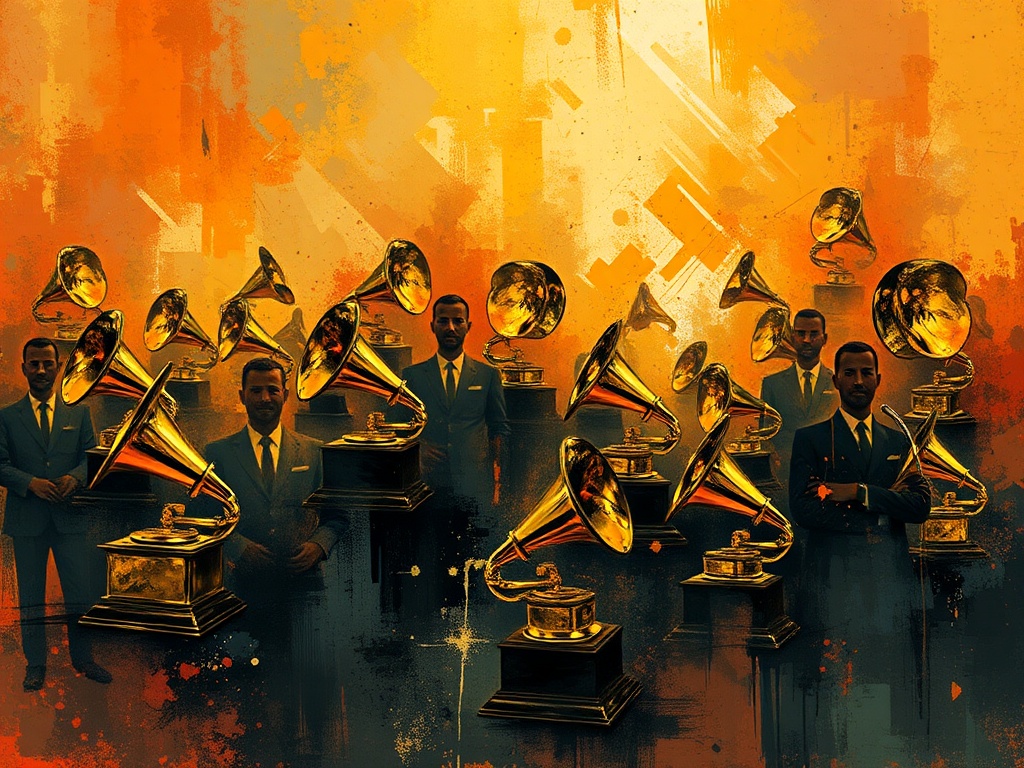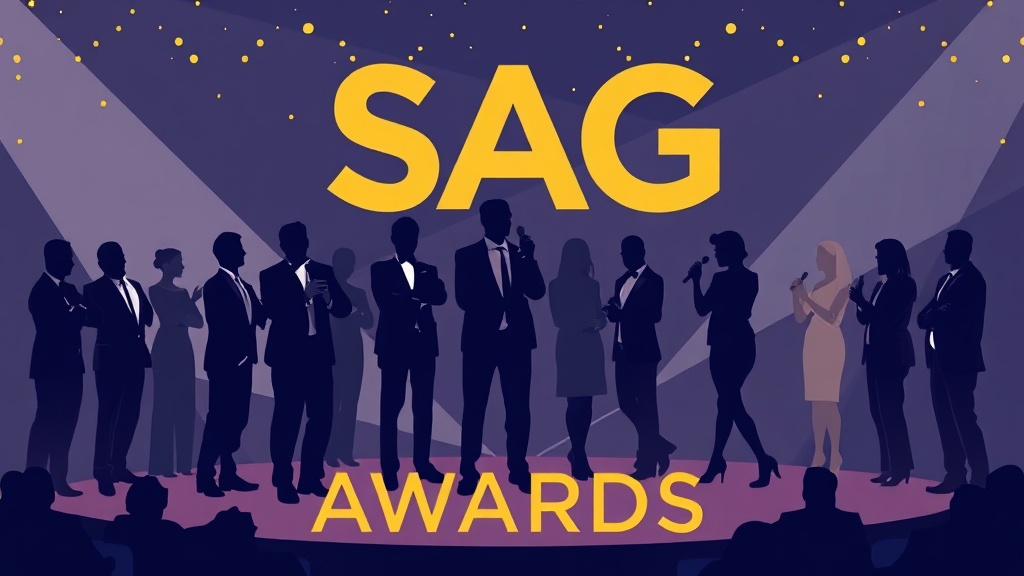How Celebrities Are Shaping Sustainable Fashion — And How You Can Follow Their Lead
Celebrities have always set style trends, but their influence now extends beyond aesthetics. With audiences paying attention to choices that reflect values, public figures are increasingly championing sustainable fashion — from renting red carpet looks to launching ethical lines. That shift is changing how mainstream consumers think about clothing, offering practical pathways to a more sustainable wardrobe.
Why celebrity choices matter
High-profile endorsements move markets.
When a widely followed star wears a recycled fabric gown or partners with an ethical brand, millions see sustainable options normalized and desirable. Social platforms amplify these moments, turning one outfit into a conversation about production, transparency, and longevity. The result: more searches for eco-friendly brands, higher visibility for smaller ethical labels, and growing demand for circular fashion options like resale and rental.
Real actions, not just messaging
Meaningful impact comes when celebrity actions match messaging. Some public figures are investing in sustainable brands, joining boards, or creating lines that prioritize materials and worker welfare. Others are adopting wardrobe strategies that reduce consumption — favoring vintage, supporting local artisans, or building capsule closets.
These practices show that sustainable fashion can be stylish, aspirational, and practical at once.
Practical lessons you can apply

– Embrace rental and resale: Renting special-occasion outfits or buying pre-owned designer pieces cuts waste and extends the life of garments. Look to curated resale platforms and local consignment shops for quality finds.
– Build a capsule wardrobe: Focus on versatile, well-made pieces that mix and match. A smaller, thoughtfully chosen collection reduces impulse buys and keeps outfits fresh without excess.
– Prioritize fabric and care: Natural, durable fibers and proper garment care increase longevity.
Learn repair basics — sewing on buttons, patching elbows, or finding local tailors — to keep clothes in rotation longer.
– Support transparent brands: Choose makers that disclose sourcing, use lower-impact materials, and demonstrate fair labor practices.
Even modest shifts in purchasing can sway brand behavior over time.
– Upcycle and swap: Clothing swaps and DIY upcycling transform unused items into renewed favorites, keeping textiles out of the landfill and sparking creativity.
Red carpet influence with long-term potential
Red carpet moments still generate headlines, but the focus is shifting from one-off spectacle to storytelling.
Celebrities who pair striking design with sustainable credentials are turning public appearances into teachable moments about material choice and craft.
When stylists and designers collaborate to prioritize ethical production, the fashion industry begins to evolve from the supply chain inward.
Challenges and the road ahead
Celebrity endorsement is powerful, but not a cure-all. Greenwashing remains a concern; savvy consumers must look beyond labels and PR.
Systemic change requires policy, supply-chain innovation, and industry-wide adoption of circular practices.
Still, celebrities can accelerate cultural acceptance and fund initiatives that scale sustainable solutions.
A step-by-step mindset
Adopting celebrity-inspired sustainable habits doesn’t require a complete wardrobe overhaul. Start by assessing what’s already owned, choosing quality over quantity on the next purchase, and exploring resale or rental for special events. Small, consistent changes create a ripple effect: demand shifts, brands respond, and sustainable fashion becomes more accessible for everyone.








